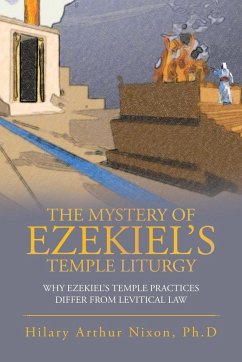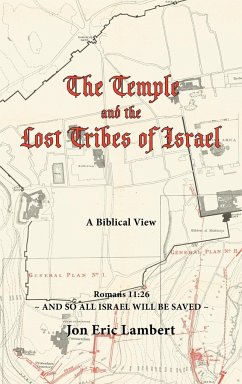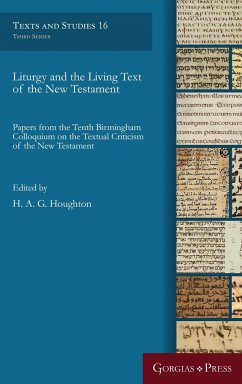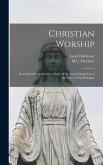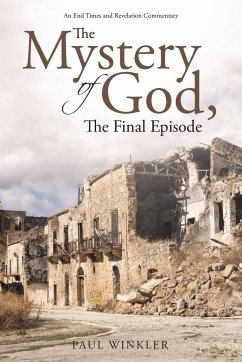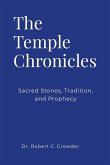Ezekiel's Temple liturgy, Ezekiel 40-48, is God's revelation. Its use is future, when Messiah is king on David's throne. Mystery surrounds it-no high priest, altered festivals, changes to Mosaic Law, and a return to animal sacrifice? Solving the mystery, this book shakes up our theology! This book first demonstrates the future necessity for Ezekiel's Temple and liturgy. Then we analyze the details of each component in the Tabernacle and Ezekiel's Temple. Details include priesthood, consecrations, Tabernacle articles, sacrifices, and festivals. It is boring, but this foundation must be laid. It allows us to identify similarities and differences. Similarities indicate continuation of Tabernacle ritual. Differences indicate changes for a new era. Sacrifices that cease are of special interest. These spotlight what Mosaic shadows have found their reality. This defines what Messiah has done as God's suffering servant. Christ's death made atonement for sin and therefore the Day of Atonement festival ceases. As the mystery of Ezekiel's Temple unfolds, we make sense of God's revelation to Ezekiel. But in doing so, it radically alters our theology. Current thinking is that the cross fulfils all functions of the court altar. But if that were true, there would be no court altar sacrifices in the future! In Ezekiel, the evening burnt offering stops, and all other sacrifices continue! The cross only fulfills one of the functions of the altar outside the camp. Theological adjustment is needed on the cross and atonement to understand Messiah's resumption of Tabernacle ways. For Roman Catholics, Tabernacle typology proves no one eats the sacrifice where blood enters the Tabernacle. Jews hold to the eternality of God's Word, but they cannot hold to the shadows and miss the reality. Ezekiel's ritual changes Mosaic Law. It also forces them to find God's suffering servant during the existence of the second temple!Hinweis: Dieser Artikel kann nur an eine deutsche Lieferadresse ausgeliefert werden.
Bitte wählen Sie Ihr Anliegen aus.
Rechnungen
Retourenschein anfordern
Bestellstatus
Storno

